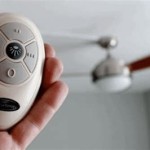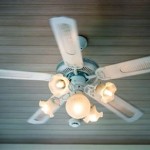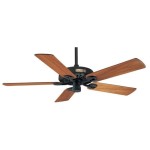How to Mount a Ceiling Fan - Essential Aspects
Mounting a ceiling fan involves crucial aspects that are essential for ensuring its safe and functional operation. These elements include proper planning, electrical considerations, mounting hardware, and balancing the fan. Understanding these aspects is vital to successfully install a ceiling fan and enjoy its cooling and decorative benefits.
In this comprehensive article, we will delve into the essential aspects of mounting a ceiling fan, providing a detailed guide to help you achieve a seamless and successful installation.
1. Planning and Safety Considerations
Before embarking on the installation process, it is crucial to plan and ensure safety. Determine the location of the fan, considering factors such as ceiling height, room size, and the presence of obstacles. Ensure that there is adequate electrical wiring and a secure mounting surface. Safety precautions include turning off power at the breaker, using insulated tools, and wearing appropriate safety gear.
2. Electrical Requirements
Wiring a ceiling fan requires electrical knowledge. Check the fan's specifications to determine the required voltage and amperage. Ensure that the electrical box on the ceiling supports the weight of the fan and has the appropriate wiring. If you are not confident in handling electrical work, it is advisable to consult a qualified electrician.
3. Mounting Hardware
The mounting hardware included with the fan is designed to securely attach it to the ceiling. Typically, this includes a mounting bracket that is fixed to the electrical box and a downrod that connects the fan to the bracket. Different ceiling types may require additional hardware, such as toggle bolts for drywall or reinforced brackets for suspended ceilings.
4. Installing the Mounting Bracket
Installing the mounting bracket involves securely attaching it to the electrical box. Ensure that the bracket is level and properly aligned to prevent wobbling or vibration. Tighten the screws firmly, using a torque wrench if specified in the fan's instructions.
5. Assembling the Fan
Assemble the fan according to the manufacturer's instructions. This may involve attaching the fan blades, light fixture, and motor housing. Ensure that all components are securely tightened and that the fan is balanced properly. An unbalanced fan can cause excessive noise and vibration.
6. Balancing the Fan
After assembling the fan, it is essential to balance it to prevent wobbling. Most ceiling fans come with balancing kits that include small weights. Follow the instructions provided to carefully attach the weights to the fan blades until the fan runs smoothly and without any visible movement.
7. Electrical Connection and Final Checks
Connect the fan's wires to the electrical wires in the ceiling box, ensuring proper polarity and secure connections. Double-check all electrical connections to avoid any electrical hazards. Restore power and test the fan, ensuring that it operates smoothly and as intended. Double-check for any loose screws or components and tighten them if necessary.

Installing A Ceiling Fan Fine Homebuilding

Ceiling Fan Service Beginners Guide To Choosing Fans Installation Near Me Orlando Florida Palmer Electric Company

Installing A Ceiling Fan In Home Or Office Pro Tool Reviews

Hunterexpress Easy Installation Ceiling Fan Hunter

Steps For Installing A Ceiling Fan To Cool Down Any Room

Ceiling Fan Boise Id Installation

4 Ways To Replace A Light Bulb In Ceiling Fan Wikihow

Guidelines To Follow When Installing Ceiling Fan On False

How To Install A Ceiling Fan The Home Depot

How To Replace A Ceiling Fan Light Kit Smafan Com
Related Posts








